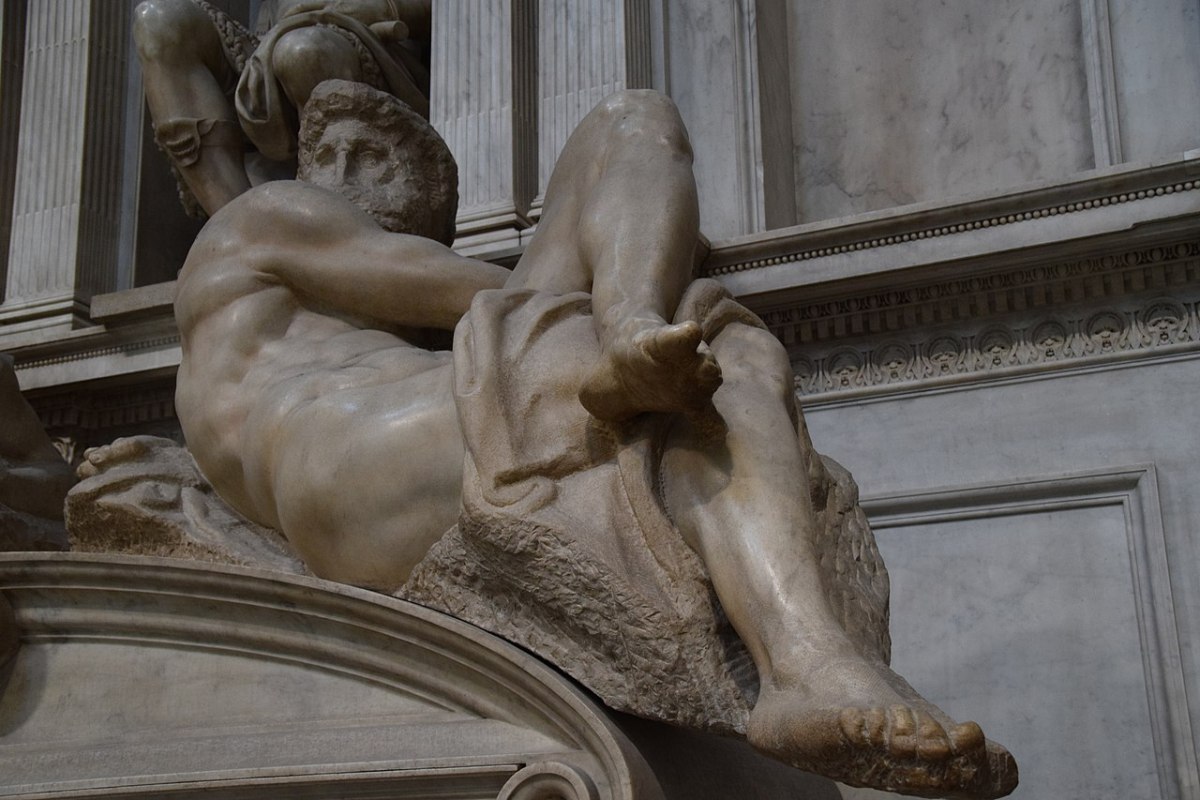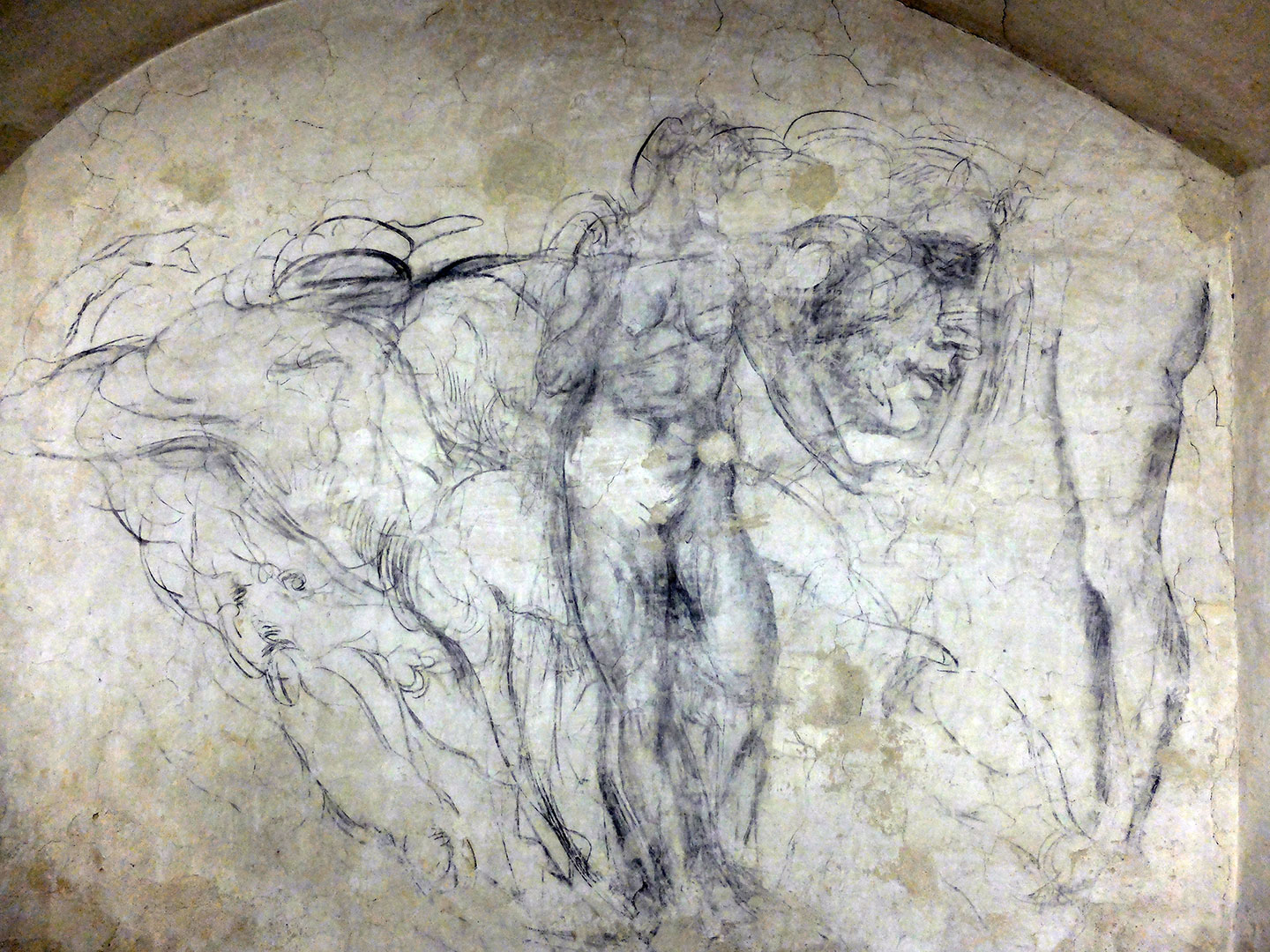If you’re ever in Florence and you have more than a passing interest in art, architecture and history, the Medici Chapel is a must-see destination. The chapel itself was designed by Michelangelo di Lodovico Buonarroti Simoni, and he also spent time in hiding (and at work) in the building’s basement. His sculptures on display there have stood the test of time to captivate centuries’ worth of viewers.
Unfortunately, all that time can also lead to grime building up on the sculptures in question. At The New York Times, Jason Horowitz explored how the chapel’s staff took a unique approach to cleaning Michaelangelo’s work during the pandemic.
A group of scientists and historians decided to use a bacteria called SH7 as a method of cleaning up stains that had lingered for years — and sometimes longer. (The source of some of the stains came from the flawed burial of Alessandro Medici, who was assassinated in 1537.) Art restorer Daniela Manna described the project as “top secret” to the Times, and it isn’t hard to see why some might view the initiative with skepticism.
Horowitz’s article explains how the team figured out what bacteria would eat away grime without eating into the marble sculptures themselves. And with the pandemic causing shutdowns everywhere, it allowed for the team to carry out their work in greater detail. Could this serve as a model for other institutions? It’s a fascinating look at the place where art, science and preservation converge.
Thanks for reading InsideHook. Sign up for our daily newsletter and be in the know.
















